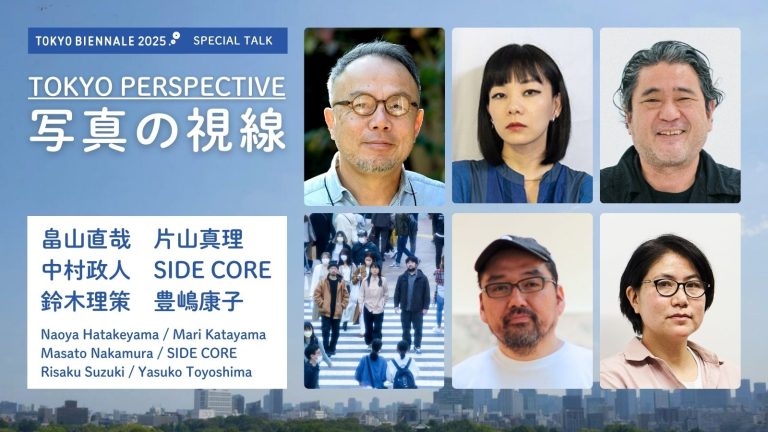
- Talk
Special Talk: Tokyo Perspective – The Photographer’s Gaze

EXHIBITIONS
Photography
Other
Venue
Nihonbashi/Bakurocho Area
Etoile Kaito Living Bldg.
1-15-15 Higashikanda, Chiyoda-ku
Date
11:30–18:00 (Fri until 19:00)
Closed on Mon and Tue
*Open Nov 3 (Nat’l hol.) and 24 (Subst. hol.).
Ticket required for exhibition (see details)
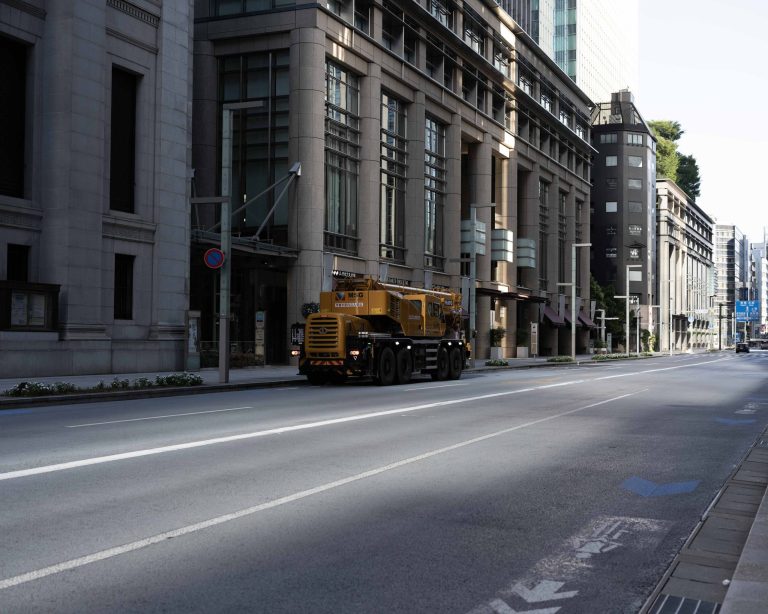
Risaku Suzuki, Looking north from Nihonbashi Muromachi, 2025
Artists will wander around Tokyo and create photographs of the city today. The original prints will be exhibited at a special venue (Etoile Kaito Living Building) and published on an online digital map, allowing people to visit the locations where the photographs were taken and experience the actual scenery. In addition, there will be a system in place for printing these photographs conveniently on multi-copy machines at Seven-Eleven convenience stores, offering visitors new ways to enjoy viewing and collecting photographs (the machine interface is available in Japanese. Please refer to the Japanese page for instructions.).
Sponsor: FUJIFILM Business Innovation Japan Corp.

Hongo Kikuzaka Round About
Click here for the audio guide
Hongo Kikuzaka Round About
When rushing to catch a train or heading to the supermarket with a smartphone in hand, we walk without even realizing that we are walking. We see only the bare minimum of our surroundings
On the other hand, there are times when we are very aware that we are walking. Often this is due to unexpected reasons like leg pain or getting lost, but occasionally it raises unusual questions like “Why am I walking again?” or “What does it even mean to be walking?”
Taking a walk is not merely walking, it is deliberately putting oneself in that state of “walking.” The appeal of taking a walk lies precisely in the richness of perceptual experience brought, moment by moment, in that state of “walking.” During a walk, everything that meets the eye approaches us indiscriminately, yet with a persuasiveness different from the ordinary. We walk through real space with an intensity of perception and bodily awareness that could even be called phenomenological. It is as if we are swimming through water.

Tokyo / Ueno #001, 2025, C-type print. © Mari Katayama, courtesy of Mari Katayama Studio and Galerie Suzanne Tarasieve, Paris
Click here for the audio guide
Tokyo / Ueno
Standing in Ueno Park, I recall the question my teacher posed during my very first class after entering university and the tension I felt then – “Do you know what kind of place this is?”
As long as people live, history is made. Back in my student days, I craved explanations for everything, even to the point of demanding reasons for the pebbles on the roadside. Perhaps that’s why, no matter how much I walk in Ueno Park, I can never quite memorize its paths – it never feels familiar.
I use a medium format film camera for my photography. When taking self-portraits, I use a long exposure with bulb mode. To close the shutter, I must manually rewind the film, requiring me to return to the camera. The time lag created during this process renders my body translucent in the image. This is not a result of digital editing or multiple exposures, but a phenomenon born from the physical conditions of the shooting process. My translucent body merges with the uncontrollable scenery and environment, recorded as part of the place’s pattern.
Each time I shoot, I ponder how much harmony we—accidentally born beings—can maintain within this artificially constructed world. Human creations are riddled with mistakes.
Forgetting what I don’t know, and the values and standards I once took for granted, then rethinking them anew. The tension I feel in Ueno Park might be the origin of my photography.
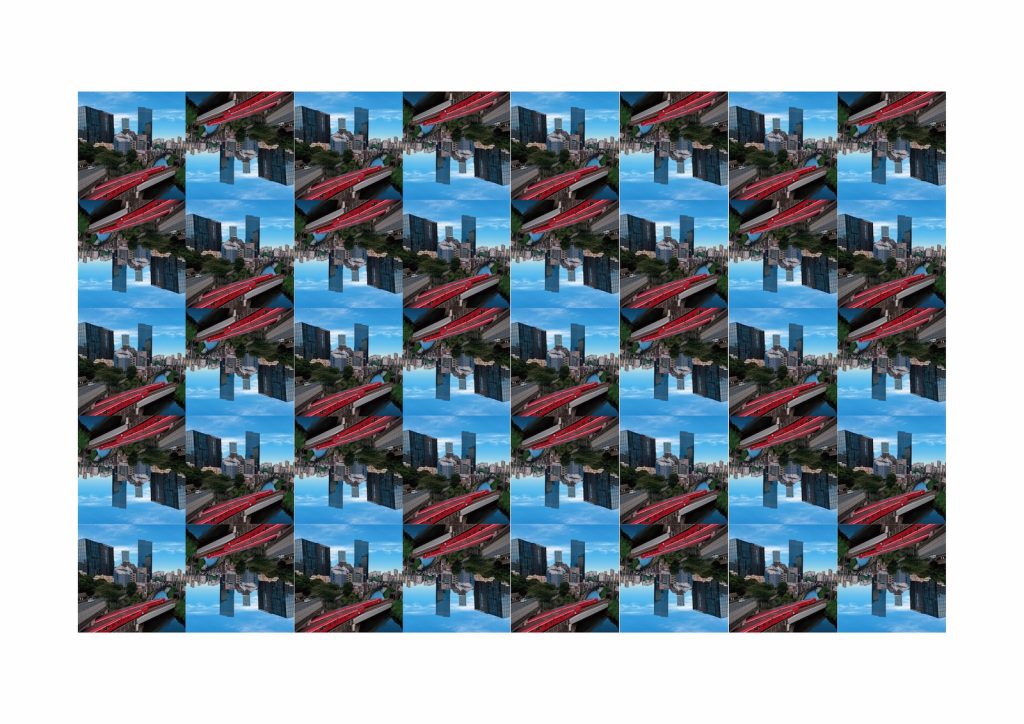
red1, 2025 (from the series URBAN RITUAL /Tokyo2025)
Click here for the audio guide
URBAN RITUAL /Tokyo2025
Tokyo has long been firmly established as a megacity. The “10-million-person city” of Tokyo surpassed New York to become the world’s largest population in the 1950s, exceeding 20 million in 1964 and 30 million in 1985. By 2020, it had finally surpassed 40 million, continuing to move forward as the world’s largest.
The metropolitan area extending across administrative districts is visible even through satellite imagery. While the statistical figures are astonishing, it is unclear whether residents actually feel like they live in the “world’s largest city.” Is its interior not this densely populated, contiguous urban agglomeration simply a layered accumulation of heterogeneous “localities”?
I’ve cut out corners of such “localities” and connected them to create a pattern of continuity as an attempt to extract local patterns from a heterogeneous city. For this project, I used the terrain along the Kanda River, where the Tokyo Biennale unfolds, featuring its elevation changes, and the trains running through it as motifs. It’s not Edo Komon patterns born from the playful spirit of commoners, but it could be called a pattern unique to a megacity.
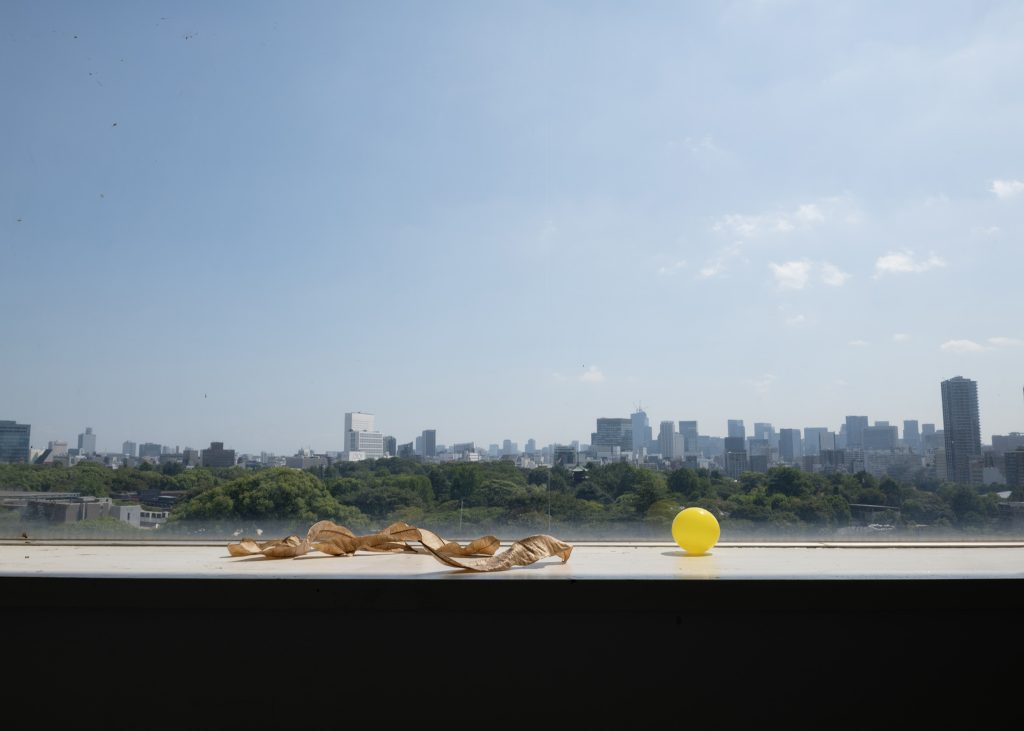
Click here for the audio guide
While walking through the city, I can’t help but imagine the creators behind every scene that catches my eye.
Say there is a stone on the road, I interpret it as a stone brought by someone, lying still on the roadside as if holding its breath, atop the actions of road workers laying asphalt and painting white lines. When I see through the gaps a small house nestled between a group of buildings, I find myself comparing the skills and ideas of the master carpenters who erected wooden structures on the burnt ruins after the war with the sustainability of buildings constructed by concrete poured into formwork.
Through my works and projects, I have expressed the causal relationship between “part and whole” created by the continuity of actions. The will of a single nail and the will of the city of Tokyo. What kind of relationship do the creativity producing the parts and the creativity that structures the whole of the city build within human society and the global environment? How does the relationship between part and whole change when I add a single action to that relationship?
In this photographic work, I perceive the relationship between the parts and the whole that compose the scenery as a single expressive form. I then replace my gaze observing that expressive form with a yellow ball, attempting to intervene as a new part within the entire scenery.
*There are three sites that were photographed from indoors. The rules for entering these sites will be noted on the event website and map.

INVISIBLE PEOPLE, 2025 (from the series underpass poem)
Click here for the audio guide
underpass poem
I used to live in Kanda. I often went for walks, but there was one place that caught my eye, yet I never stopped to look at it – the underpass beneath the Metropolitan Expressway Ueno Route 1.
The history of the Metropolitan Expressway Haneda Route 1 runs deep. Over the years, exhaust soot has settled thickly on the guardrails and pillars beneath the overpass, turning them pitch black. Modern cars don’t emit nearly as much exhaust, so now, beneath this dirty overpass, I just sense its history. In some spots, graffiti scrawled with fingers is scattered here and there. I often gazed at it during traffic jams.
Much of the graffiti is meaningless, but looking closely, some is written in places people don’t walk, like the median strip, revealing an unexpected intentionality. For this project, when we visited Kanda for the first time in a while to take a walk, we tried wiping the soot with our fingers to draw a poem. It looked simple enough, but the accumulated soot had hardened, making even drawing a single line difficult, and our hands and clothes turned completely black. I think there are aspects of the city you only understand by touching it. We encourage you to try touching it yourself if you happen to be out walking around looking for the spot.
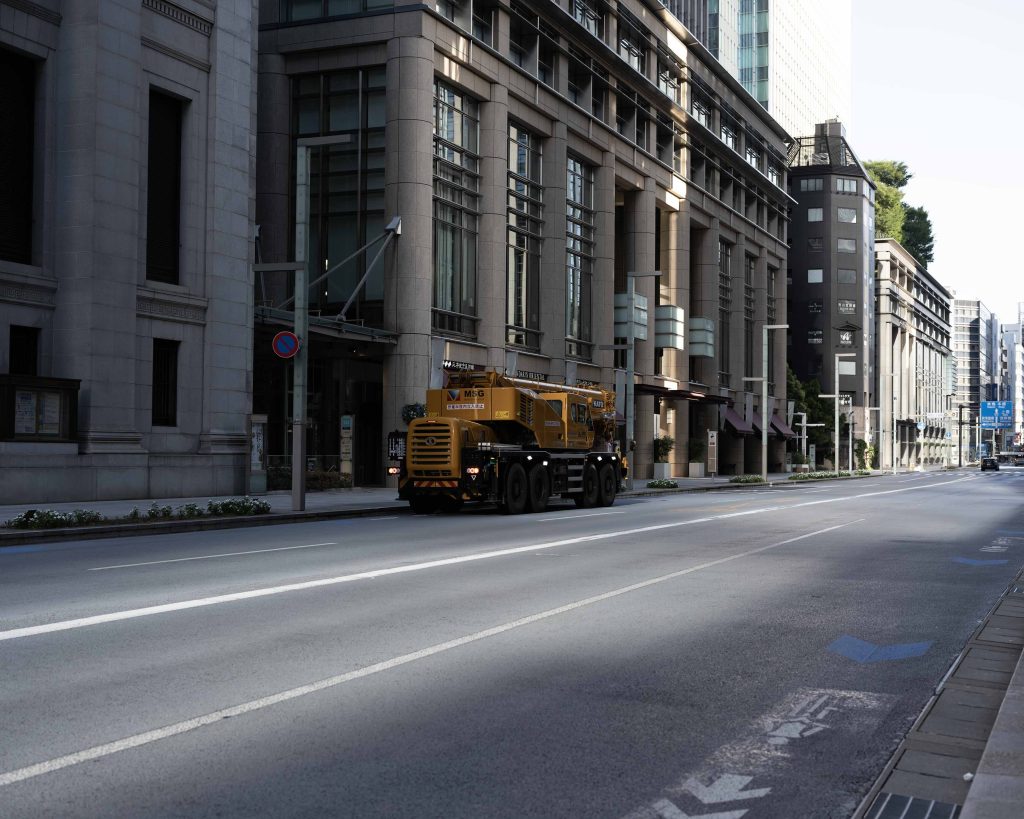
Looking north from Nihonbashi Muromachi, 2025
Click here for the audio guide
I once heard as a student that photos of Tokyo taken by people born there are particularly interesting. Perhaps this is because the photographer projects their memories onto landscapes that have changed. Or maybe this is because they have more reasons to press the shutter than someone born elsewhere.
Let’s consider the act of photography as two separate processes – “taking the photo” and “viewing the photo after it’s taken.” When looking at the finished photo, if the reason for taking it is evident, we can imagine the photographer’s memories and emotions, and our own feelings can overlap with theirs. Photographs often don’t come into being the moment the shutter clicks, but from a time further back—from the photographer’s past experiences and memories. I believe this layered sense of time is one of photography’s distinct characteristics.
Then what emerges from the photographed image itself? I wondered if I could start from there. Experience has taught me that the distance between subject and camera determines the type of photograph taken. Yet I wanted to photograph Tokyo, stepping away from the paths using effect that technique usually leads us down.

From the series Backshift 2025
Click here for the audio guide
Backshift 2025
The Tokyo Biennale 2025 will be held in several locations where I have previously held solo exhibitions. As if following the old saying that “criminals return to the scene of the crime,” or perhaps driven by some homing instinct, I find myself visiting these places I hadn’t been to in a while.
My memory of briefly displaying my work in these places remains vivid, and the stress from that time lingers. Back then, they were small spots where I painstakingly painted walls and worked on lighting to create a suitable exhibition space. Now, I see it in a different light—as real estate, as buildings and land. The fact that I was involved with these places at a certain time, and the fact that I went to see them again now. I chose photography as my method to connect these two personal points of connection to these spaces through a timeline, like a narrative.
Some buildings remain unchanged from 35 years ago, while others have already been demolished and turned into parking lots. What they all shared was that the people involved back then no longer reside at those addresses.
Map
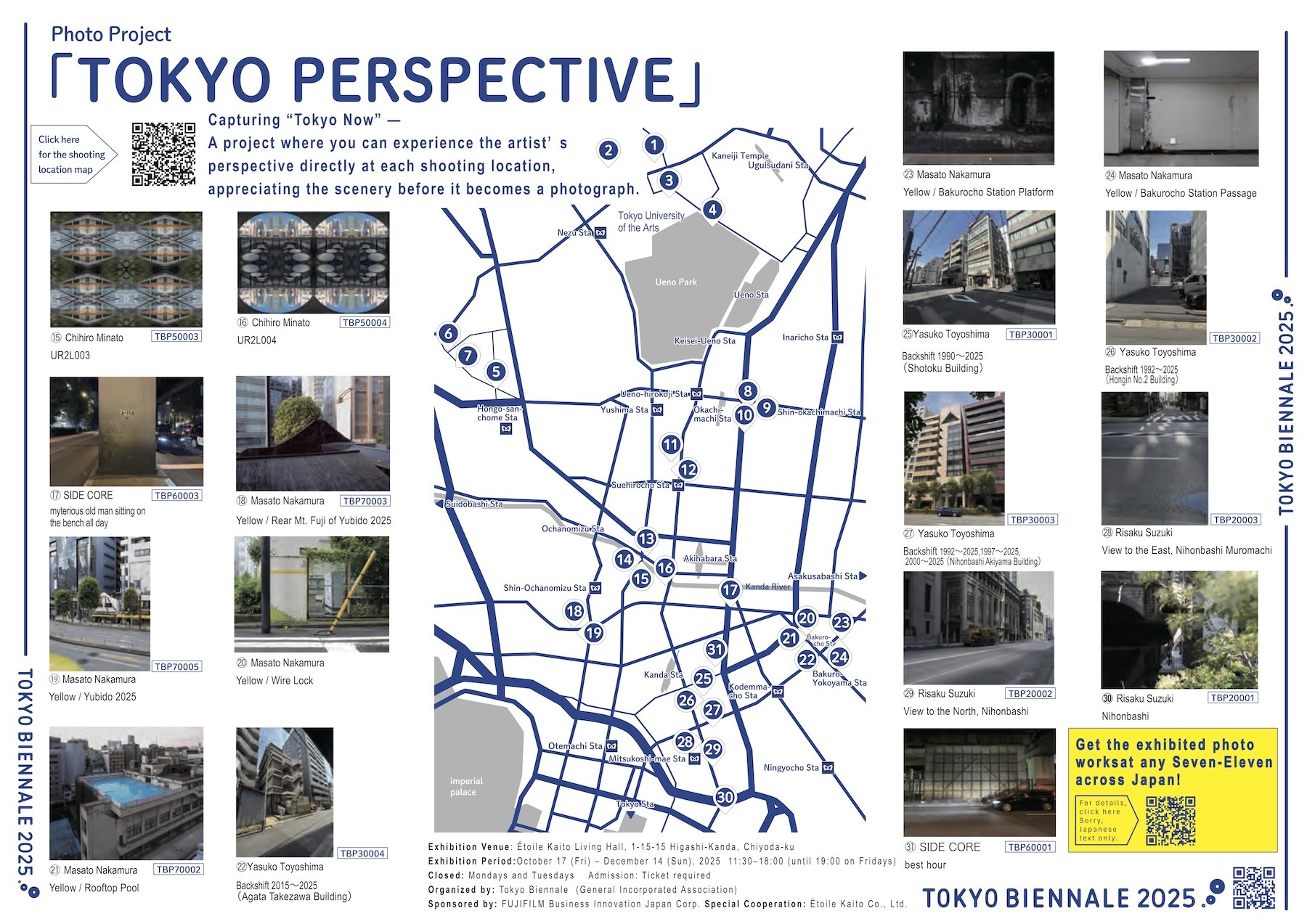
2 min walk from JR Sobu Line Bakurocho Sta. (Ex. 4)
6 min walk from Toei Shinjuku Line Bakuroyokoyama Sta. (Ex. A1)
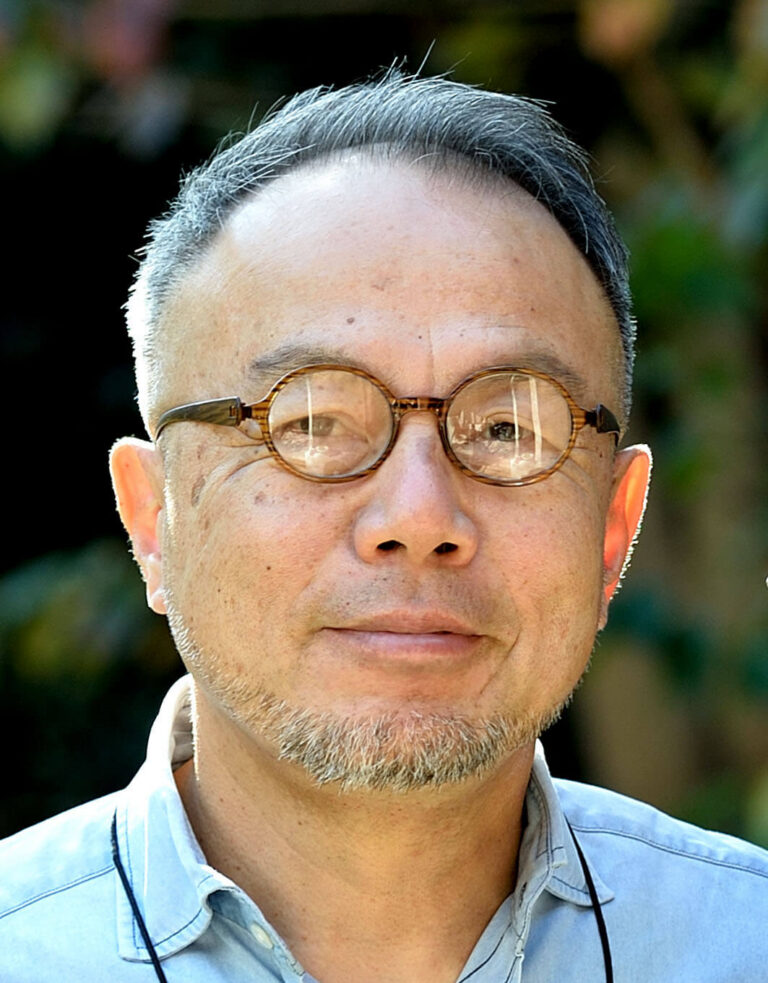
Photographer. Born 1958 in Rikuzentakata, Iwate. Hatakeyama is a photographer based in Tokyo whose works focus on the relationship between nature, city, and photography. He represented Japan in the 49th Venice Biennale held in 2001, and in 2012 participated in the Japanese pavillion of the Vennice Biennale International Architecture Exhibition (received Golden Lion prize). In addition, Hatakeyama received the 42nd Mainichi Art Award in 2001, as well as the Art Encouragement Prize by the Ministry of Education, Culture, Sports, Science and Technology in 2012. Member of Japan Art Academy.
Nihonbashi/Bakurocho Area
Etoile Kaito Living Bldg.

Born 1987 in Saitama and raised in Gunma, Japan. Graduated with a Master’s degree from the Department of Intermedia Art at Tokyo University of the Arts in 2012. At the core of Mari Katayama’s practice is living everyday within her own body, which she uses as a living sculpture, mannequin and lens through which to reflect society. The combination of Katayama’s hand-sewn objects, sculptural pieces, and photography challenges viewers to ques-tion the body and its complex relationship with the surrounding environment and society.
At the same time, Katayama initiated an activist art project called High Heel Project, which aims to create high heel shoes for prosthetics, while demanding the freedom of choice for all no matter what physical ability they have. Wearing her symbolic pair of custom-made high heels, Katayama continues to walk and speak up widely as an artist, singer, model and keynote speaker.
Nihonbashi/Bakurocho Area
Etoile Kaito Living Bldg.
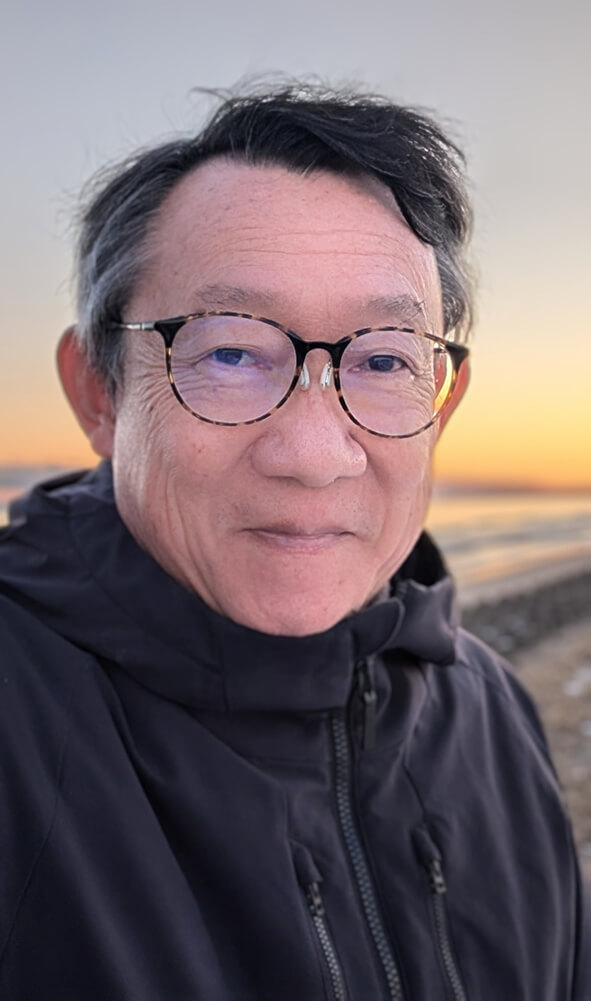
Photographer, Director of the Institute of Anthropology of Art and Design at Tama Art University. Engaged in extensive activities centered on themes of the emergence of images and memory. Served as Artistic Director of the Aichi Triennale 2016 and as International Curator for the “Taiwan Route3 Art Festival,” in 2023.Recipient of the 2019 Japan Photographic Society Award for “On Landscape: The Changing Earth and Japan’s Memory” (Chuokoron-Shinsha). Author of Photography Theory (Chuokoron-Shinsha, 2022) and Hilma af Klint: The Spirituality of Color (Inscript, 2025).
Nihonbashi/Bakurocho Area
Etoile Kaito Living Bldg.
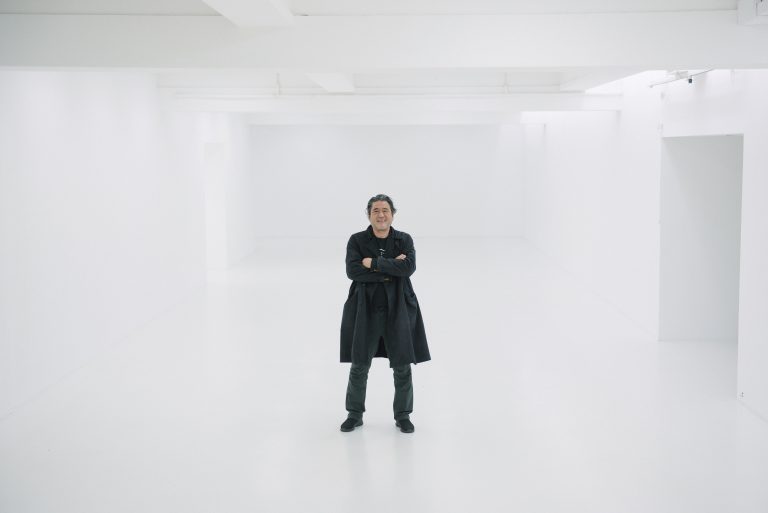
Artist, Professor at Tokyo University of the Arts (Department of Painting). Born 1963 in Odate City, Akita, Japan. In the early 1990’s, he set up guerilla art projects –THE GINBURART in Ginza and Sinjuku Shonen Art in Shinjuku’s Kabukicho district (1993). In 1997, he formed an alternative artist initiative called “commandN.” Activities of this group include the international video installation “Akihabara TV” held multiple years in 1999, 2000, and 2002. His work was displayed in the 49th Venice Biennale (2001) Japan Pavilion First & Slow exhibition.
From 2004, he founded a number of art projects including himming in Himi (Toyama Pref.) and ZERODATE in Odate (Akita Pref.) Nakamura then founded 3331 Arts Chiyoda in June 2010 as an independent and sustainable art center. With an extensive background in a variety of expressive activities, starting in summer 2020 he is taking on the challenge of developing the Tokyo Biennale, an art festival that will dig for the cultural and artistic resources underlying the city of Tokyo.
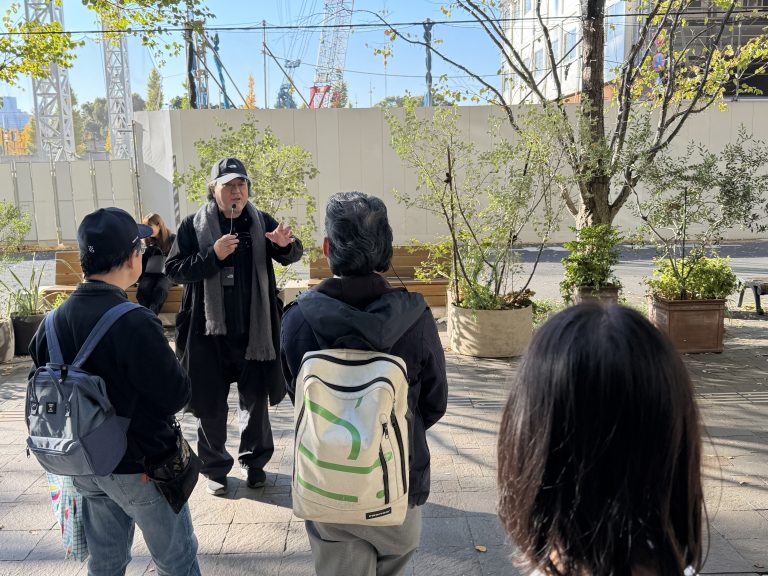
Masato Nakamura's Kyobashi, Nihonbashi Sanpo
Witness the moment of insight!
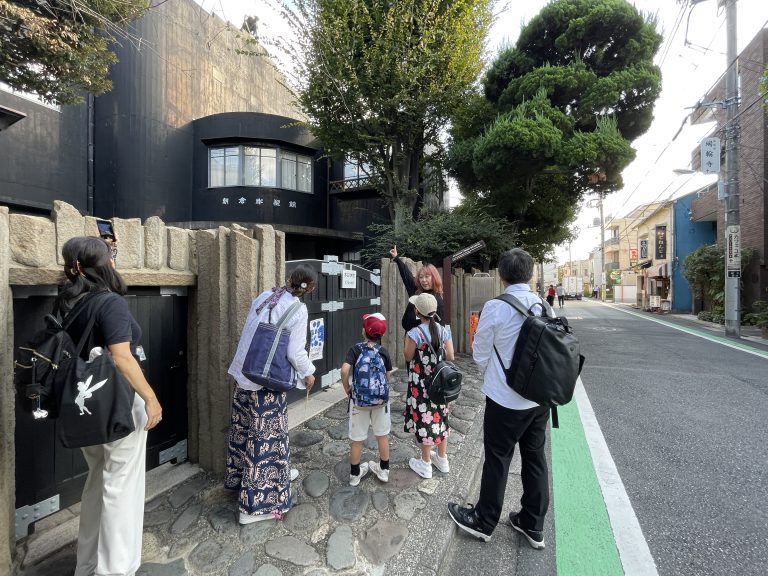
The Art Interpreter Training Course: Beginner Level

Special Talk: Tokyo Perspective – The Photographer’s Gaze

Masato Nakamura's Otemachi, Marunouchi, and Yurakucho Sanpo
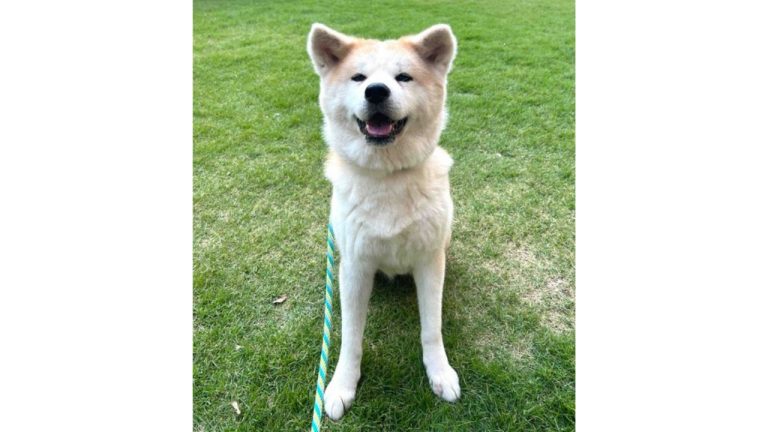
Nono Sanpo
Discover the Beauty of Wooden Architecture

Terunobu Fujimori Unravels Kanda's Billboard Architecture : A Dialogue on Art and Architecture between Masato Nakamura and Terunobu Fujimori.

Towards New Forms of Artistic Collaboration: An Experiment in Trans-Biennale
Nihonbashi/Bakurocho Area
Etoile Kaito Living Bldg.
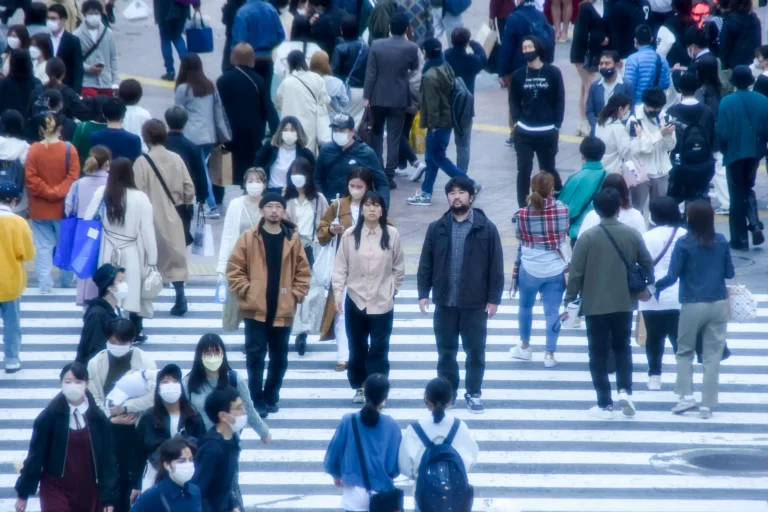
photo by Shin Hamada
Active since 2012, the collective consists of Sakie Takasu, Tohru Matsushita, and Taishi Nishihiro, with film director Kazunobu Harimoto joining as a visual collaborator. Centering their practice on the theme of “noise in the landscape,” they create and present works primarily in public and street settings. Their programs often involve collaborations with a wide range of artists engaged in street culture.
Nihonbashi/Bakurocho Area
Etoile Kaito Living Bldg.

Born 1963 in Shingu, Wakayama, Japan. In 1998, he published KUMANO, his first photo book, composed of sequences on the subject of visualizing points of view moving from here to there, shifting settings, and temporal change. In 2000, he won the 25th Ihei Kimura Photography Award for his photo book PILES OF TIME. Consistently making an analytic focus on the act of seeing as the basis of his work, he continues to photograph on themes that include Kumano, Mont Sainte-Victoire, Paul Cezanne’s studio, cherry trees, snow.
Major exhibitions include Photography and Painting—From Cézanne: Shibata Toshio and Suzuki Risaku (Artizon Museum, Tokyo, 2022), Stream of Consciousness (Marugame Genichiro-Inokuma Museum of Contemporary Art, Kagawa; Tokyo Opera City Art Gallery; Tanabe City Museum of Art, Wakayama, 2015-2016), Water Mirror (Kumano Kodo Nakahechi Museum of Art, Wakayama, 2016), and Kumano, Yuki, Sakura (Tokyo Metropolitan Museum of Photography, 2007).
Nihonbashi/Bakurocho Area
Etoile Kaito Living Bldg.

Born 1967 in Saitama, Japan, Toyoshima received her MFA from Tokyo University of the Arts in 1993. By taking a critical look at institutions and systems found in everyday life and in our society, Toyoshima focuses on creating works that shed light on the patterns found in human thought. Her recent solo exhibitions include Yasuko Toyoshima: Origination Method (Museum of Contemporary Art Tokyo, 2023), The Capital Room: Beyond Three Dimensional Logical Pictures vol.1 Yasuko TOYOSHIMA (2015, gallery αM). Her works have been presented at many group exhibitions, including Image Narratives: Literature in Japanese Contemporary Art (The National Art Center, Tokyo, 2019).
Nihonbashi/Bakurocho Area
Etoile Kaito Living Bldg.